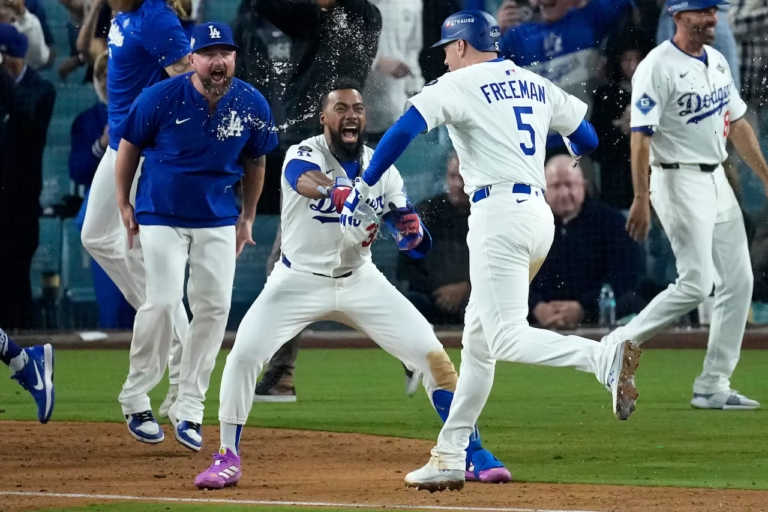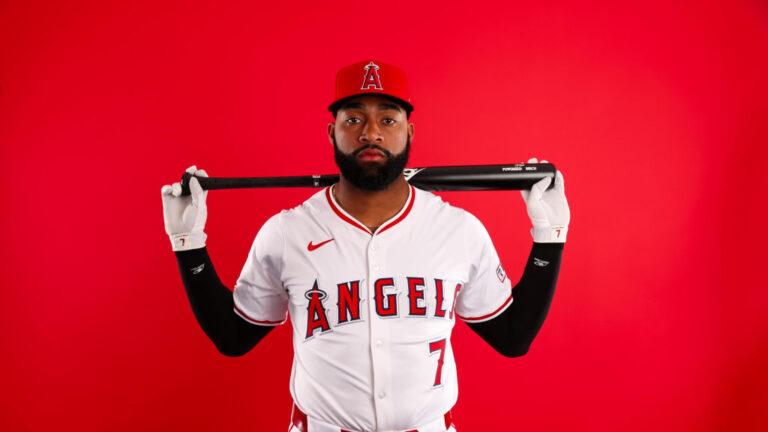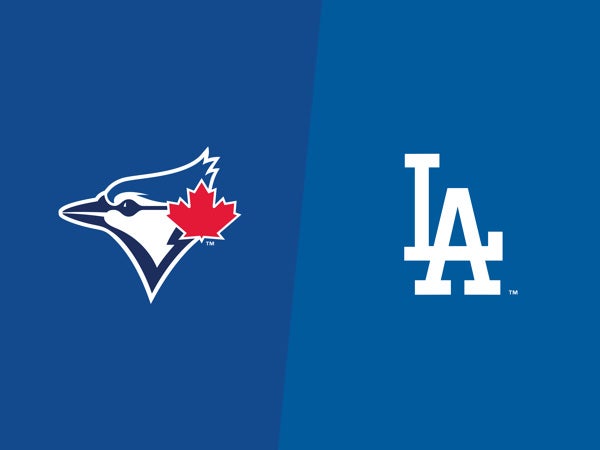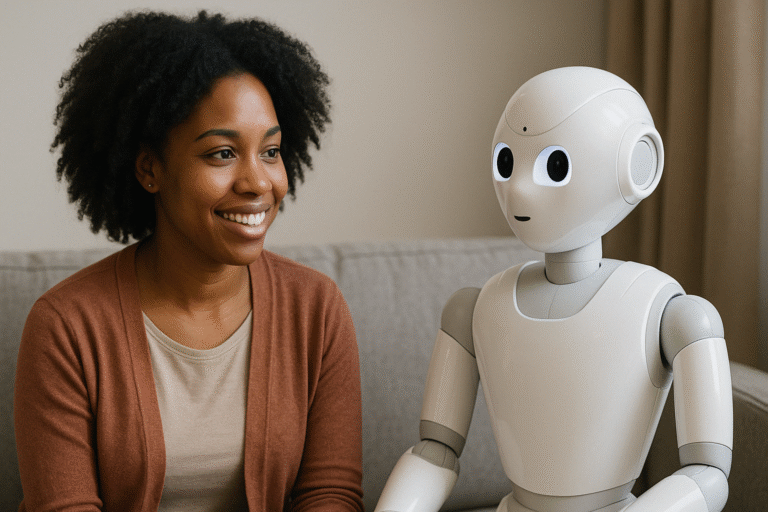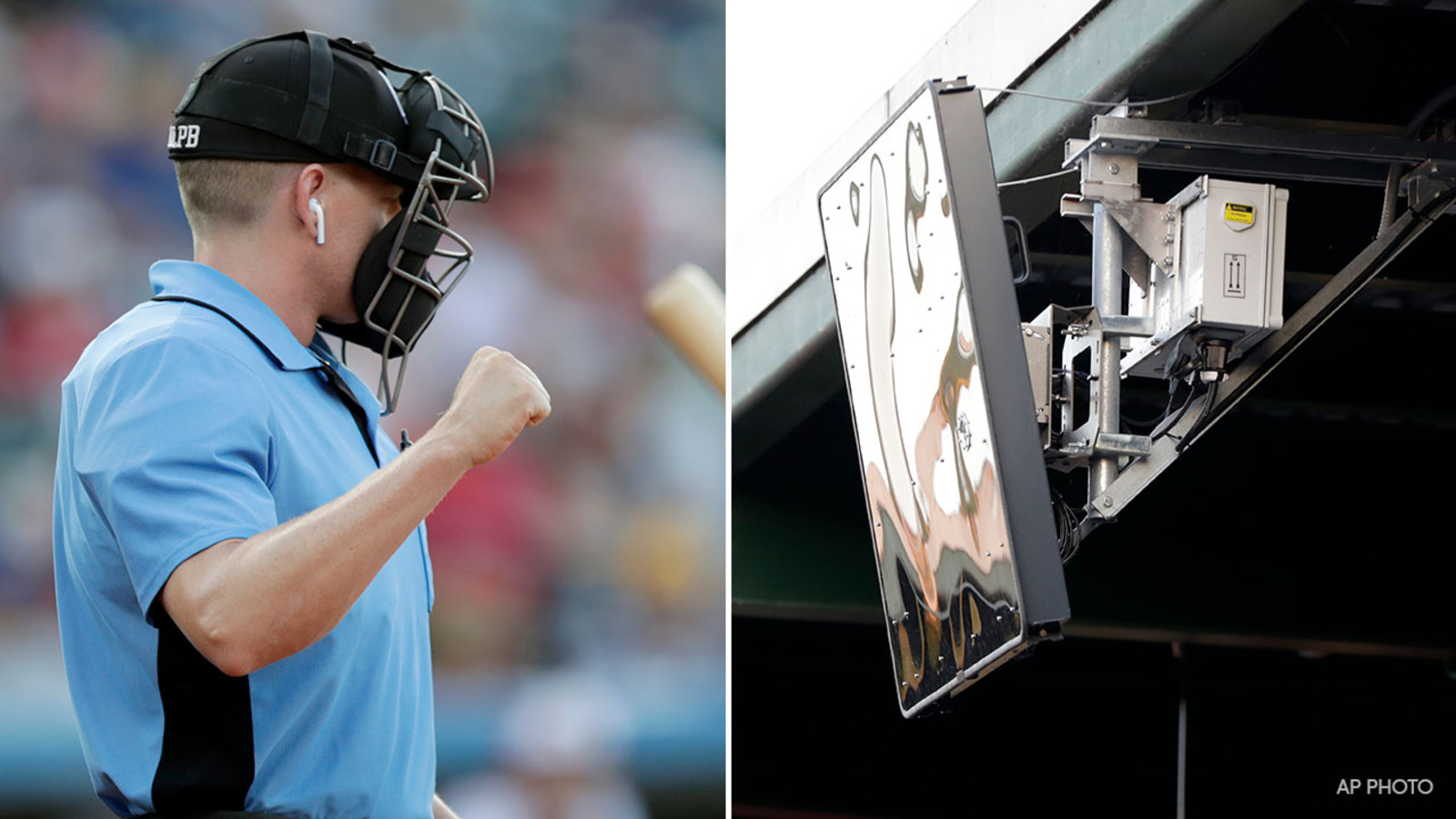
Major League Baseball has officially approved the use of the Automated Ball/Strike System (ABS), often referred to as “robot umpires,” beginning in the 2026 season. The decision, made by MLB’s 11-person competition committee, introduces a challenge-based system that aims to improve accuracy while preserving the human element of umpiring.
???? What the New System Looks Like
- Human umpires will still make initial calls on balls and strikes. Teams may challenge these calls under certain conditions.
- Each team gets two challenges per game and retains challenges if they are successful. There is an extra challenge available in extra innings.
- Only the pitcher, catcher, or batter can trigger a challenge by tapping their cap or helmet immediately after the call. Coaches and managers are excluded from issuing challenges.
- The Automated Ball/Strike System uses Hawk-Eye camera technology to track pitches and determine whether they fall inside (or outside) an accurately defined strike zone. For example, the strike zone will be defined as a rectangle whose top and bottom boundaries are set based on the batter’s height.
???? Why the Change Matters
- Accuracy & Fairness: Human umpires generally get about 94 percent of pitch calls right, but the remaining 6 percent can create enormous controversy, especially in close games. The ABS system aims to cut down on missed calls.
- Reducing Controversy & Ejections: A significant number of ejections in games are tied to disputes over balls and strikes. With a challenge system now in place, many more calls will be able to be reviewed, which could lead to fewer heated exchanges and ejections.
- Preserving Tradition While Embracing Tech: The hybrid approach was chosen over full automation because players expressed concern that removing the human element entirely — particularly the art of pitch framing by catchers — would damage core aspects of the game.
???? What the Testing Shows
- The ABS system has been tested in minor leagues since 2019, including Triple-A, spring training, and even the 2025 All-Star Game. These trials helped MLB refine the technology and strike zone definitions.
- During spring training and minor-league games, challenges have had nearly a 50-50 overturn rate, with catchers typically having the highest success rate.
???? What to Expect When ABS Arrives
- Games in 2026 will include ABS in all levels of MLB regular-season and postseason games. Fans will see calls challenged and reviews played on stadium video boards and broadcasts.
- Managers, pitchers, and catchers will have to adapt. Strategies may shift:
- Pitchers might adjust how they work the edges of the strike zone, knowing that inaccurate borderline calls are more likely to be challenged.
- Catchers’ framing skills may still matter, but perhaps less so in borderline cases.
- Teams will need to use challenges judiciously because losing a challenge (if the call stands) can cost them in later innings.
???? Final Take
This is a landmark moment for MLB. The approved ABS challenge system for 2026 strikes a balance between tradition and innovation. It doesn’t eliminate human umpires, but it does acknowledge that technology can enhance fairness in critical moments. As the system rolls out, it will be interesting to see how teams use challenges, how fans respond, and whether this shift helps reduce controversy around balls and strikes.
Author Profile
Latest entries
 NCAAFOctober 27, 2025The Cost of Contention: LSU Fires Brian Kelly, Triggers $50 Million Buyout
NCAAFOctober 27, 2025The Cost of Contention: LSU Fires Brian Kelly, Triggers $50 Million Buyout NBAOctober 24, 2025NBA’s Overtime Frenzy: SGA’s Career Night, Curry’s 42-Point Clutch
NBAOctober 24, 2025NBA’s Overtime Frenzy: SGA’s Career Night, Curry’s 42-Point Clutch NBAOctober 22, 2025NBA Is Back! Thunder’s Ring Night & Grit, Warriors Power Up
NBAOctober 22, 2025NBA Is Back! Thunder’s Ring Night & Grit, Warriors Power Up MMAOctober 22, 2025Ten Most Shocking Moments in MMA History
MMAOctober 22, 2025Ten Most Shocking Moments in MMA History

 Steelersforever.org
Steelersforever.org